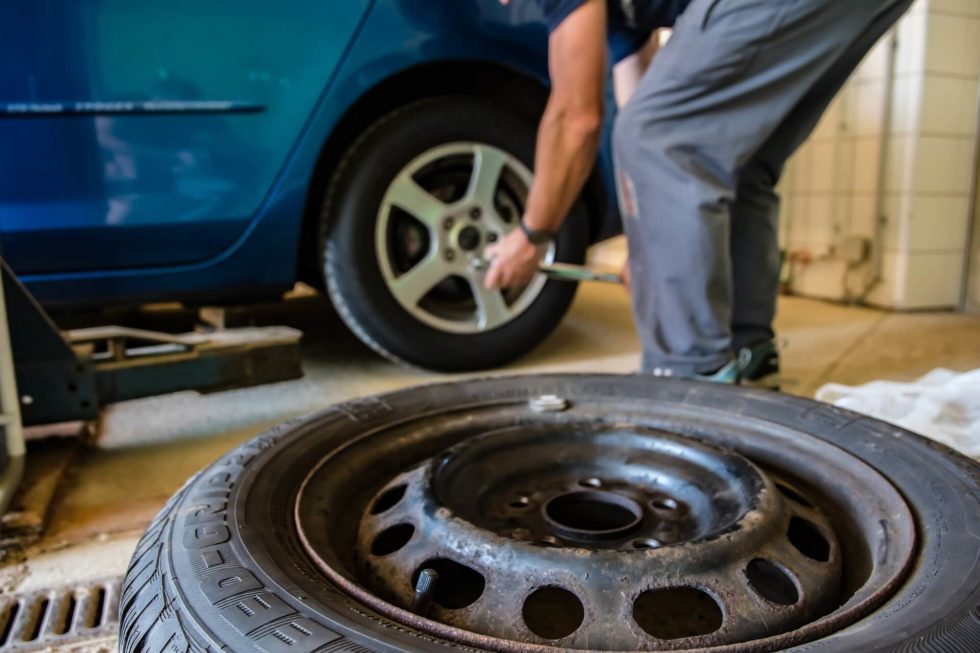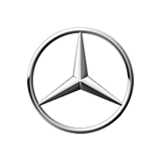12/12/2023

Summer tires: tips and tricks for changing your tires
When is a good time to change summer tires?
Spring has begun and winter is finally over. As soon as the first rays of sunshine appear, many drivers put on their summer tires, some as early as March. But does that really make sense? And what else needs to be considered when changing summer tires? We have put together a few tips and tricks regarding summer tires for you.
Change summer tires yourself or have them changed?
First, there is the question of whether you should change summer tires yourself or leave the change to professionals in a workshop. It's up to you and many people change winter tires and summer tires themselves. For the most part, everything goes well, but nevertheless, many mistakes are made. These include, for example, mounting the tires unchecked without performing a general check.
Check: dents, balancing and cracks
The first thing to do is to check and inspect dents and balancing in general. Sometimes initial small cracks are inconspicuous, but corrosion during the winter months can cause them to take hold and inconspicuously often become larger. Causes are often storage in poor, wet and cold, environments such as garages or basements. Tips for optimal storage can be found here. Attention: if cracks or dents are clearly visible, do not use these summer tires under any circumstances!
Check: Air pressure
It is essential to check the air pressure after changing to summer tires. If the tire pressure is optimal, the life of the tire will be prolonged, the driving safety will increase significantly and even the fuel consumption will decrease. It is believed that every third car is driving on the roads with the wrong air pressure. The indication of the correct air pressure is given in "bar," which you can find either in the fuel cap, in the door pillar or in the owner's manual. As a basic rule, the air pressure should always be slightly higher at the rear than at the front, e.g. 2.5 bar on the front wheels and 3.1 bar on the rear wheels. Tip: Be sure to also check the air pressure of the spare wheel, as this is often forgotten.
Check: Tread depth
The tread depth must also be checked. Brand-new summer tires usually have a tread depth of 8 millimeters. According to some, the optimal tread depth is 1.6 millimeters. But many experts warn that this value is set far too low - even at 3 millimeters, the drainage of water is about 30%. Drainage means that rainwater is diverted sideways and backwards via the grooves in the treads, thus maintaining grip on the ground. The more worn a summer tire is, the lower the absorption capacity of the grooves, which means a lack of contact with the ground. Consequently, the vehicle is less controllable when it starts to slide in the rain. Anything less than this is even more dangerous when aquaplaning; at the prescribed 1.6 millimeters, the dissipation is only 10%, which means a disproportionately high risk of accidents in heavy rain and aquaplaning. Therefore, we at Premium Wheels also recommend new tires with a tread depth of no more than 2.5 millimeters in order to minimize risks such as a proportionally increased risk of accidents due to aquaplaning. Remember: every millimeter more tread depth significantly increases driving safety!
Fitting summer tires
Attention: if you are not technically skilled and have little physical strength, it is better to have your summer tires changed by professionals in the workshops. These ensure stable grip and also the correct air pressure. In addition, the summer tires are balanced if necessary and professionally tested. Look out for complete packages, whereby your winter and summer tires are also properly stored and maintained! To put on summer tires yourself, you'll need a torque or wheel nut wrench and a jack. Here is a step-by-step guide:
- Carefully remove the hub cap of the first wheel with the tip of the wheel nut bowl.
- Loosen the wheel nuts a little.
- Pay attention to the safety instructions of the jack and place the jack on the housing next to the wheel - but always towards the center of the vehicle! - to the vehicle.
- Lift the vehicle until the wheel to be mounted hangs about two palm lengths above the ground.
- Now loosen all wheel nuts completely.
- Remove the old wheel or winter tire and place it under your vehicle.
- Put the summer tire on and tighten all wheel nuts, but not too tight.
- Put the removed wheel away from under your vehicle.
- Using the jack, slowly lower your car.
- Now tighten the wheel nut - absolutely crosswise! - firmly.
- Repeat this process with all four other summer tires.
- Drive a few hundred meters and tighten all the bolts again before putting the hubcaps back on.
- Check the air pressure in the tires, for example at a service station, and look out for anything unusual during the first few kilometers, such as lurching when steering or similar.
- If anything seems irregular or similar, please visit the nearest workshop immediately.
When should you replace summer tires?
When should old summer tires be replaced with new summer tires? As a rule of thumb, summer tires should definitely be replaced when:
- the summer tires are older than 8 years, even if they have not been used frequently,
- there are visible cracks, dents or other damage,
- the tread depth is less than 2.5 millimeters (for winter tires even 4 millimeters is the lower limit),
- there has been an event in the last season where the tires have been subjected to heavy wear, even if not visibly damaged (e.g. hitting the curb hard).
How can I tell the age of a tire?
On the side of the sidewall of each original tire you will find a four-digit number. The first two digits stand for the calendar week of the respective year, the last two digits indicate the year of manufacture. If a tire says "1817", for example, this means that the tire was produced in the 18th calendar week - i.e. the beginning of May - of 2017. Good to know: You can often recognize cheap counterfeit tires and wheels by the fact that this information is missing.
When to change summer tires?
Here, it depends first and foremost on the region in which you live. The probability of a comeback of winter with snow and black ice at Easter, for example, is higher in the North than in Texas. As a general rule, however, you should not put on your summer tires before mid-April, as night frost can still basically occur everywhere even in warm spring weather. As a rule of thumb, winter tires should be left on the wheels from "O to E", i.e. from "October" to "Easter". Incidentally, there is no legal requirement as to when winter and summer tires should be changed. What is important is that the tires are adapted to the weather conditions.























